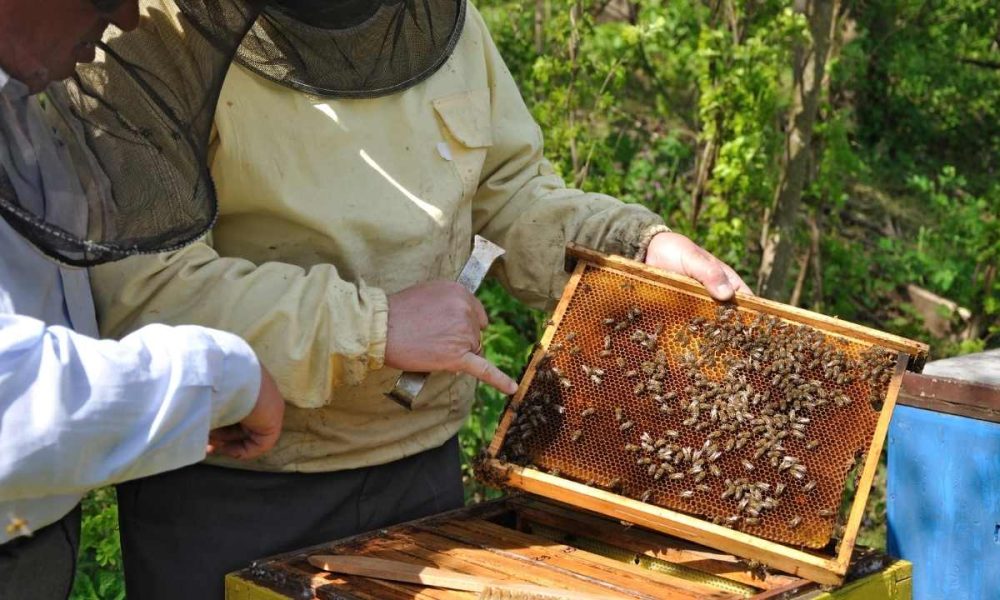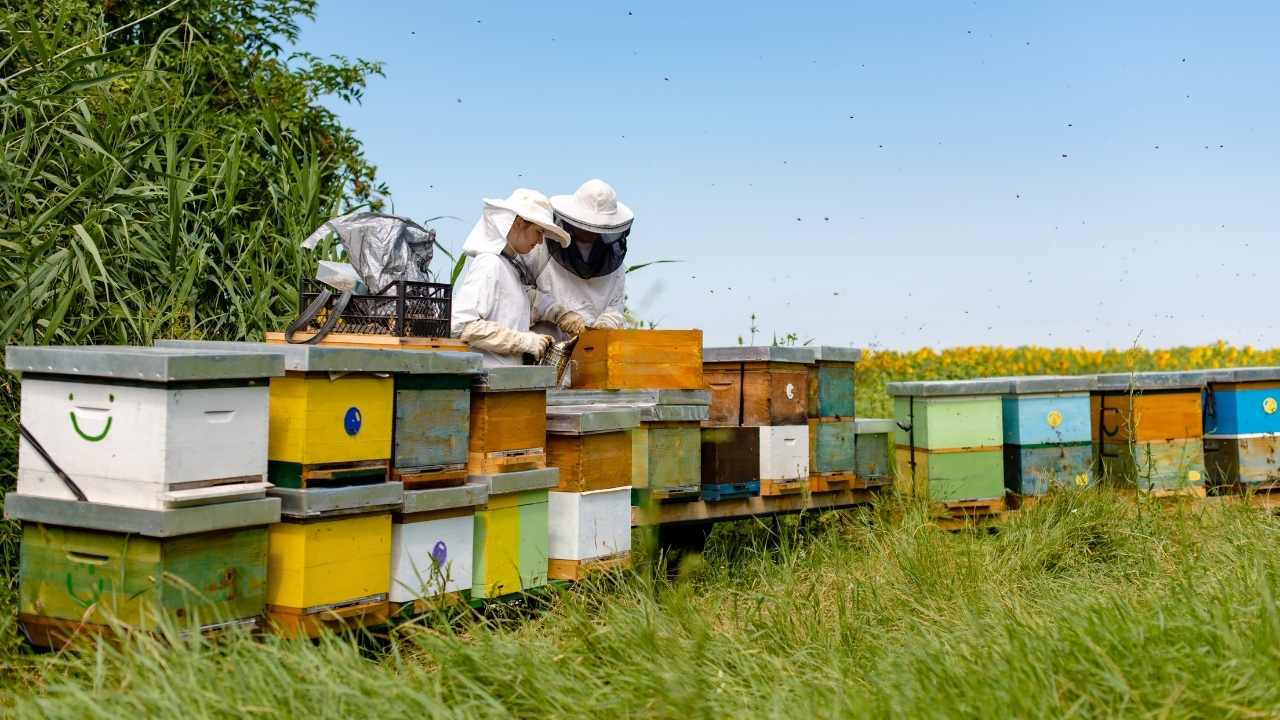
Are you interested in the sweet and sticky world of beekeeping? Do you dream of having your own honey harvest and contributing to the health of our planet’s pollinators? Well, look no further because this article is for you. Home Sweet Hive: Insider Advice for Honey Harvesting and Hive Management is your ultimate guide to starting and maintaining a successful hive.
In this comprehensive article, we will delve into selecting the right equipment for your hive, managing its health, harvesting your honey, maintaining your hive, and best practices for beekeeping. We’ll also touch on joining a beekeeping community to connect with other like-minded individuals who share your passion. Whether you’re a beginner or an experienced beekeeper, this article will provide invaluable insights that will help take your hive to new heights. So sit back, grab a cup of tea (preferably with some honey), and let’s get started on this buzz-worthy journey together.
Selecting the Right Equipment
To make sure you have everything you need for a successful beekeeping experience, it’s important to carefully consider and select the appropriate equipment. Beekeeping tools are essential, as they help you manage your hive effectively without harming your bees. A basic toolkit includes a smoker, hive tool, and bee brush. The smoker calms down the bees by emitting smoke when necessary, while the hive tool helps you open up the hives and remove frames. The bee brush allows you to gently move your bees around without hurting them.
Protective gear is another crucial element of beekeeping equipment that every beginner should invest in. A full-body suit with a veil and gloves will protect you from stings during inspections or honey harvesting sessions. It’s important to note that protective gear comes in different sizes and materials, so choose one that fits well and provides maximum comfort while still offering adequate protection. Once you have all the necessary equipment, you’re ready to start managing your hive’s health with confidence.
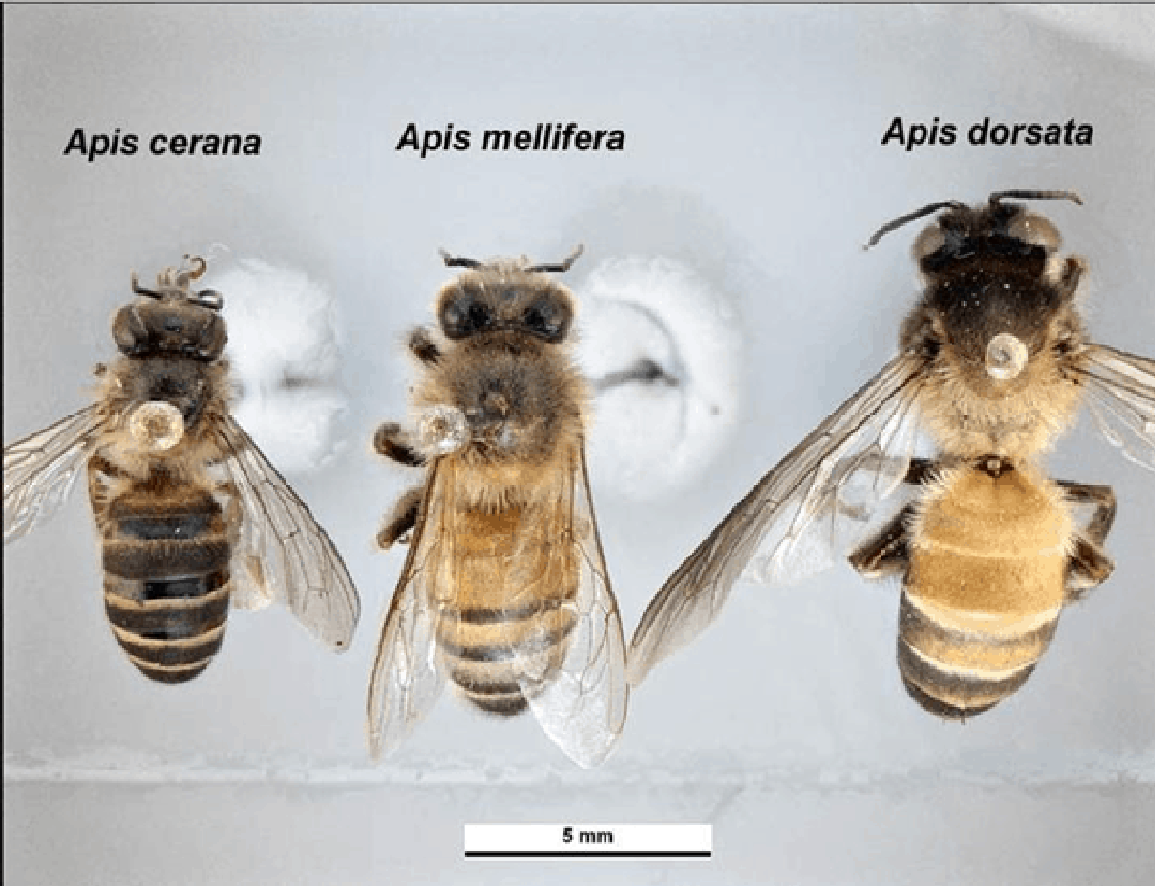
Now that you’ve selected the right equipment for your beekeeping journey, it’s time to focus on managing your hive’s health. By keeping track of changes in behavior or population growth within the colony, as well as monitoring disease outbreaks or food supply levels throughout different seasons of the year, you can ensure that your bees remain healthy and productive.
Managing Your Hive’s Health
Make sure your bees stay healthy by regularly checking for signs of pests and diseases, as about 40% of hives fail due to these issues. Prevention is key when it comes to disease management in your hive. This means maintaining good nutrition for your bees, keeping a clean and dry hive, and practicing proper hygiene techniques when handling the equipment.
To prevent disease in your hive, consider implementing the following practices:
- Regularly inspect the brood comb for signs of disease or pest infestation
- Monitor the population levels of mites and other pests that can weaken your colony
- Ensure that your bees have access to a diverse range of food sources throughout the year
By taking proactive steps towards preventing disease in your hive, you can ensure that your bees remain healthy and productive. With a little bit of patience and diligence, you’ll be able to reap the rewards of a thriving honeybee colony. And once you’ve managed to maintain a healthy hive, it’s time to move on to harvesting that sweet golden nectar!
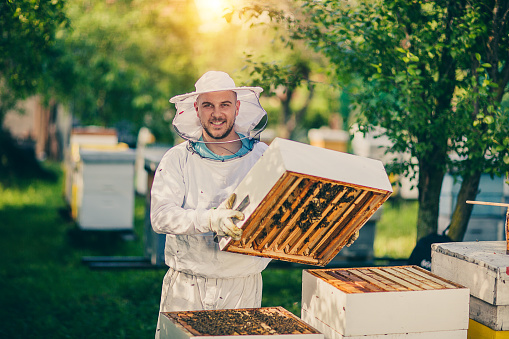
Harvesting Your Honey
Once you’ve ensured your bees are healthy, it’s time to get ready for reaping the sweet rewards of all their hard work. Before harvesting your honey, make sure to have all the necessary equipment on hand. You’ll need a bee suit, smoker, hive tool, frames to extract from, and a honey extractor. It’s also important to choose the right time of day – early morning or late evening when most bees are inside the hive.
When extracting your honey, start by removing only the ripest frames that are at least 80% capped. Then use a hot knife or uncapping fork to remove the wax caps from each cell and place them in your extractor. Spin the extractor until all of the honey has been extracted from both sides of each frame. Once this is done, you can either filter out any debris with cheesecloth or let it settle in jars before bottling. Store your extracted honey in clean glass jars with tight-fitting lids in a cool dry place away from direct sunlight. Now that you’ve successfully harvested your honey, it’s time to move onto maintaining your hive and preparing for next season!
Maintaining Your Hive
Ready to keep your bee colony buzzing? Maintaining your hive is just as important as harvesting honey. Proper maintenance ensures that your bees are healthy and productive for seasons to come. One of the most crucial aspects of maintaining a thriving hive is pest control. Pests like mites, wax moths, and small hive beetles can wreak havoc on your colony if left unchecked.
Regularly inspecting and cleaning your hive can help prevent infestations. You may also want to consider using natural pest control methods such as essential oils or diatomaceous earth instead of harsh chemicals. Another aspect of maintaining a healthy hive is winter preparation. As temperatures drop, bees will need extra food stores to survive the winter months. Make sure they have enough honey and pollen stored up, and consider feeding them sugar water if necessary. With proper care, you can ensure that your bees stay happy and healthy all year round.
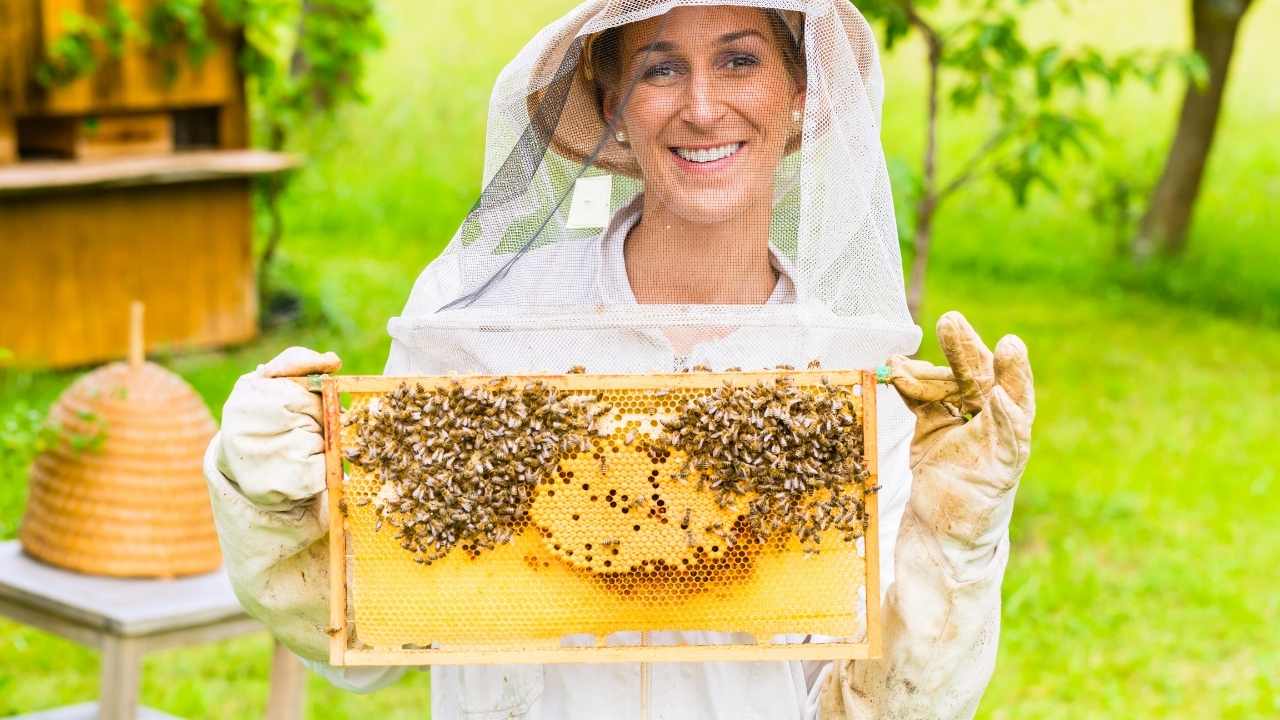
Now that you know how to maintain a healthy hive, let’s move on to best practices for beekeeping!
Best Practices for Beekeeping
To ensure that your bee colony thrives, it is important to understand the best practices for beekeeping. First and foremost, regular inspections of your hive are crucial for maintaining a healthy bee population. This means checking for signs of disease or pests, ensuring there is enough food and water available, and making sure the queen is laying eggs.
In addition to regular inspections, it’s important to be knowledgeable about common bee diseases and how to prevent them. For example, American Foulbrood is a highly contagious bacterial infection that can wipe out an entire colony. To prevent this disease from spreading, it’s important to practice good hygiene by wearing gloves and using clean equipment when handling bees. By following these best practices for beekeeping, you can help ensure a successful harvest and maintain a thriving bee colony.
As you continue on your journey as a beekeeper, joining a supportive community can provide invaluable resources and knowledge-sharing opportunities. By connecting with other experienced beekeepers in your area or online, you can learn even more about best practices for keeping your bees healthy and productive.

Joining a Beekeeping Community
If you’re interested in beekeeping, joining a beekeeping community can be incredibly beneficial. By becoming part of a club, you’ll have the opportunity to learn from experienced beekeepers who can teach you the ins and outs of hive management and honey harvesting. Additionally, participating in local events and fairs can help you connect with other like-minded individuals while showcasing your own honey and beeswax products.
Benefits of Joining a Club
Joining a beekeeping club can offer numerous advantages, including access to experienced mentors and a supportive community that fosters growth and learning. You’ll have the opportunity to network with other beekeepers who share your passion for bees and honey harvesting. This can lead to valuable connections that may help you obtain new equipment or learn about upcoming events in your area.
In addition to networking opportunities, joining a club also provides access to educational resources. Many clubs offer classes on topics such as hive management, disease prevention, and honey extraction techniques. These classes are taught by experienced beekeepers who are eager to share their knowledge with others. By attending these classes, you’ll gain valuable insights into the world of beekeeping and become better equipped for success in your own apiary. Learning from experienced beekeepers is crucial for anyone looking to become a successful beekeeper – so don’t miss out on this opportunity!
Learning from Experienced Beekeepers
Learning from experienced beekeepers is the key to unlocking a world of knowledge and becoming a buzzworthy beekeeper. Joining mentoring programs or seeking advice from established beekeepers can teach you the ins and outs of hive management, honey harvesting, and even how to troubleshoot common problems. These mentors have already been through the ups and downs of beekeeping and are eager to share their expertise with novice keepers like you.
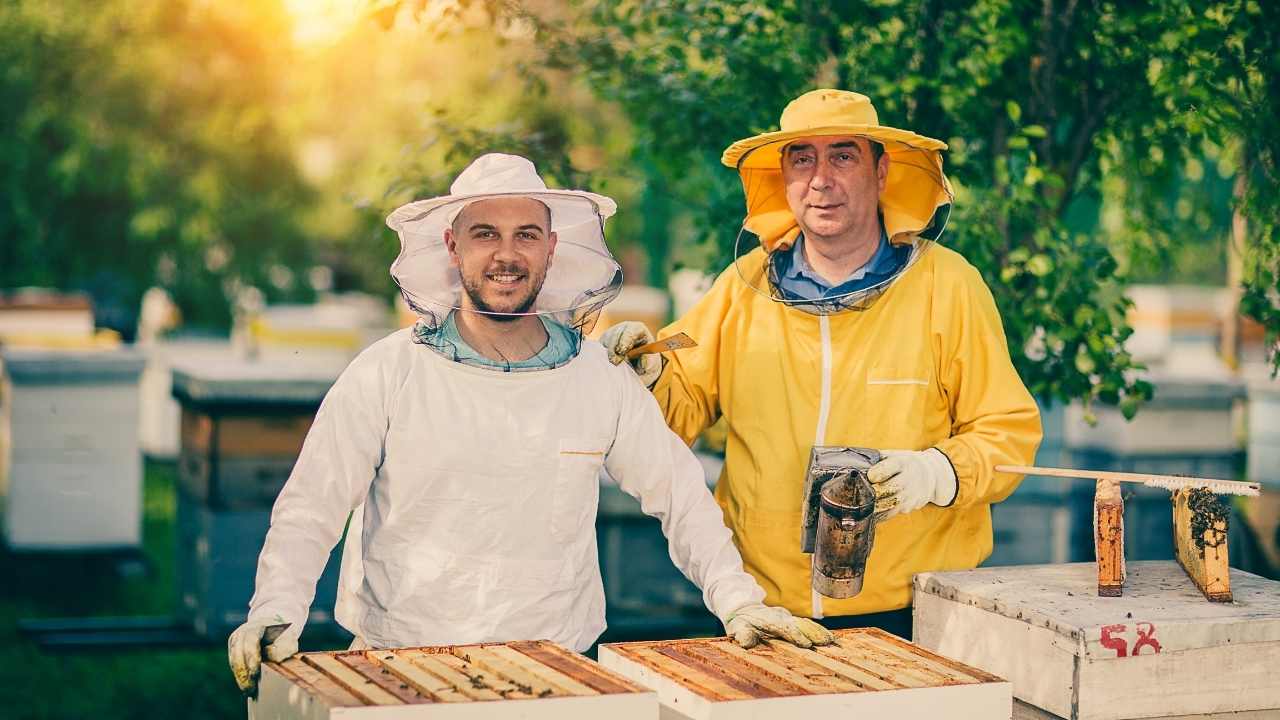
In addition to in-person mentorship, there are also online resources available for those who prefer self-directed learning. From forums dedicated to beekeeping to instructional videos on YouTube, there is no shortage of information available at your fingertips. By taking advantage of these resources, you can expand your knowledge base beyond what is taught in traditional beekeeping courses. With access to both practical experience and theoretical knowledge, you’ll be well on your way to becoming a successful beekeeper.
By learning from experienced beekeepers and utilizing online resources, you’ll gain valuable insights into hive management that will help ensure your colony thrives. Participating in local events and fairs provides an opportunity for hands-on education while supporting your community – so let’s get buzzing!
Participating in Local Events and Fairs
You don’t want to miss out on the excitement and education that come with participating in local events and fairs dedicated to beekeeping – it’s a chance to connect with your community and deepen your passion for these vital pollinators. Attending these events can also provide networking opportunities with fellow beekeepers, allowing you to exchange tips, tricks, and strategies for successful hive management.
To fully enjoy your experience at these events, here are some tips:
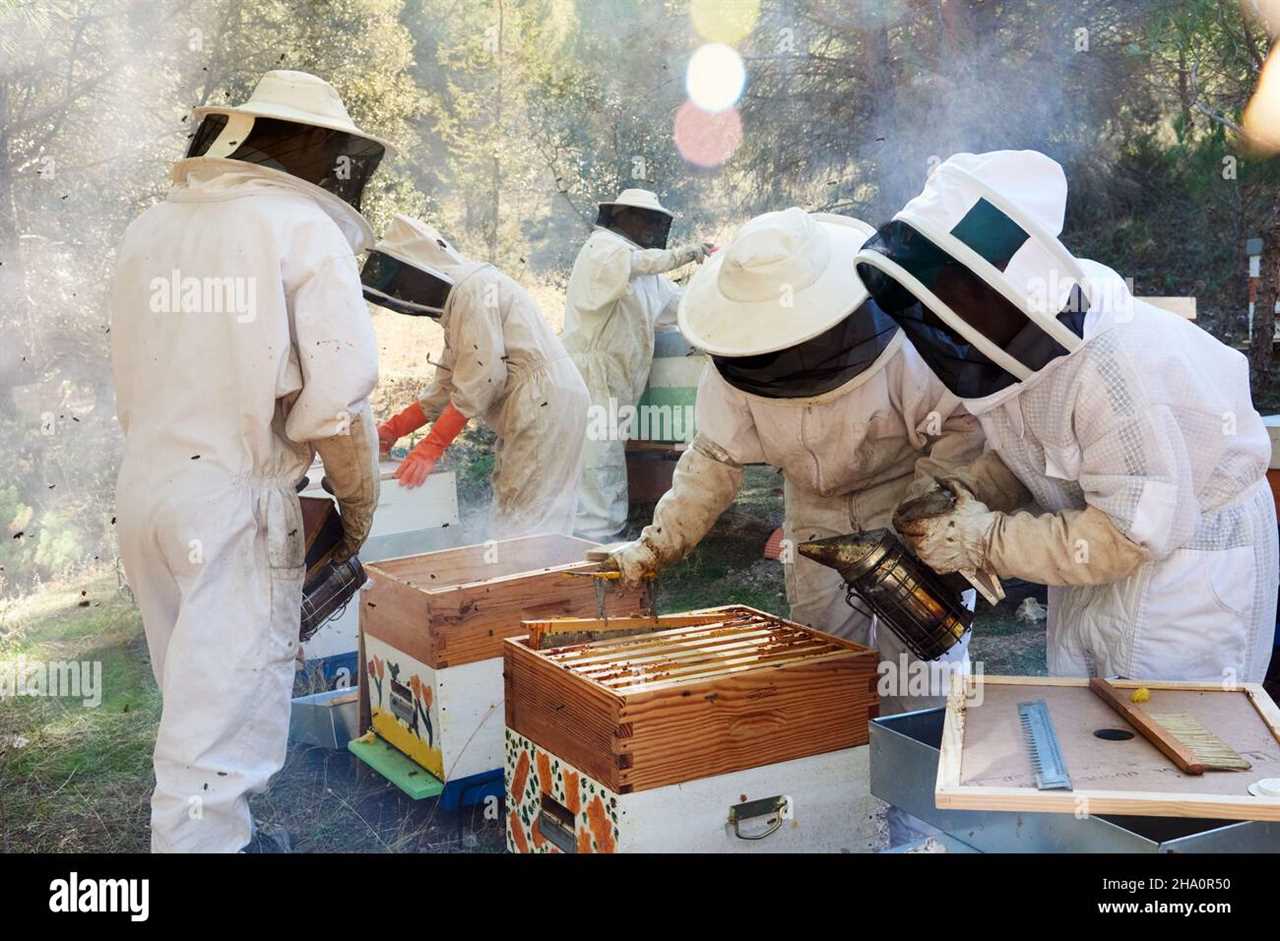
- Research the event beforehand to understand what activities will be offered
- Bring business cards or flyers about your honey business if you have one as this is an excellent marketing strategy
- Attend workshops or seminars given by experienced beekeepers
Networking opportunities like attending local events and fairs can help you build relationships with other beekeepers who share similar interests. By sharing stories of success and failure, everyone can learn from each other’s experiences. Additionally, marketing strategies such as bringing business cards or flyers about your honey business can lead to potential customers learning about your products. So make sure to take advantage of these opportunities!
Frequently Asked Questions
How can I attract bees to my property?
Looking to attract some buzzing friends to your property? Planting a variety of flowers is a great way to entice bees. They love bright, colorful blooms, so try incorporating different types of flowers into your landscaping. Additionally, providing a water source can also be helpful in attracting bees. A shallow dish with rocks or pebbles placed inside can give them a place to safely gather and drink. It’s important to remember that bees are crucial for pollination and the overall health of our planet, so by creating a welcoming environment for them on your property, you’re not only benefiting yourself but also doing your part in serving the greater good.
Can I keep bees in an urban area?
Urban beekeeping can be challenging, but it is possible with the right knowledge and preparation. Before you begin, make sure to research the legal requirements for urban beekeeping in your area. Some cities have regulations on the number of hives allowed per property or require permits, so it’s important to comply with these rules to avoid fines or legal issues. Additionally, urban areas may present unique challenges such as limited foraging opportunities and potential exposure to pesticides and pollutants. However, with proper hive management techniques and careful monitoring of colony health, you can successfully keep bees in an urban environment while also contributing to local pollination efforts.
What should I do if my hive becomes infested with pests or diseases?
If you notice pests or diseases in your hive, it’s important to act quickly to prevent further damage. Before seeking professional intervention, consider natural remedies such as essential oils or powdered sugar dusting. However, if the infestation is severe, it may be necessary to consult with a beekeeping expert who can provide more specific guidance and treatment options. It’s crucial to stay vigilant and monitor your hive regularly for any signs of trouble so that you can address issues early on and keep your colony healthy and thriving.
How can I safely store and preserve my harvested honey?
So, you’ve successfully harvested your honey and now you’re wondering how to safely store and preserve it. You may be thinking, "How long can I keep this honey before it goes bad?" Well, here are some honey storage tips that will help extend the shelf life of your sweet nectar. First off, make sure to store your honey in an airtight container at room temperature – not too hot or cold. If your honey starts to crystallize, don’t panic! This is normal and can easily be fixed by placing the jar in warm water until the crystals dissolve. Another tip is to avoid exposing your honey to direct sunlight as this can cause it to break down faster. By following these simple steps, you’ll be able to enjoy your delicious honey for months (or even years) to come!
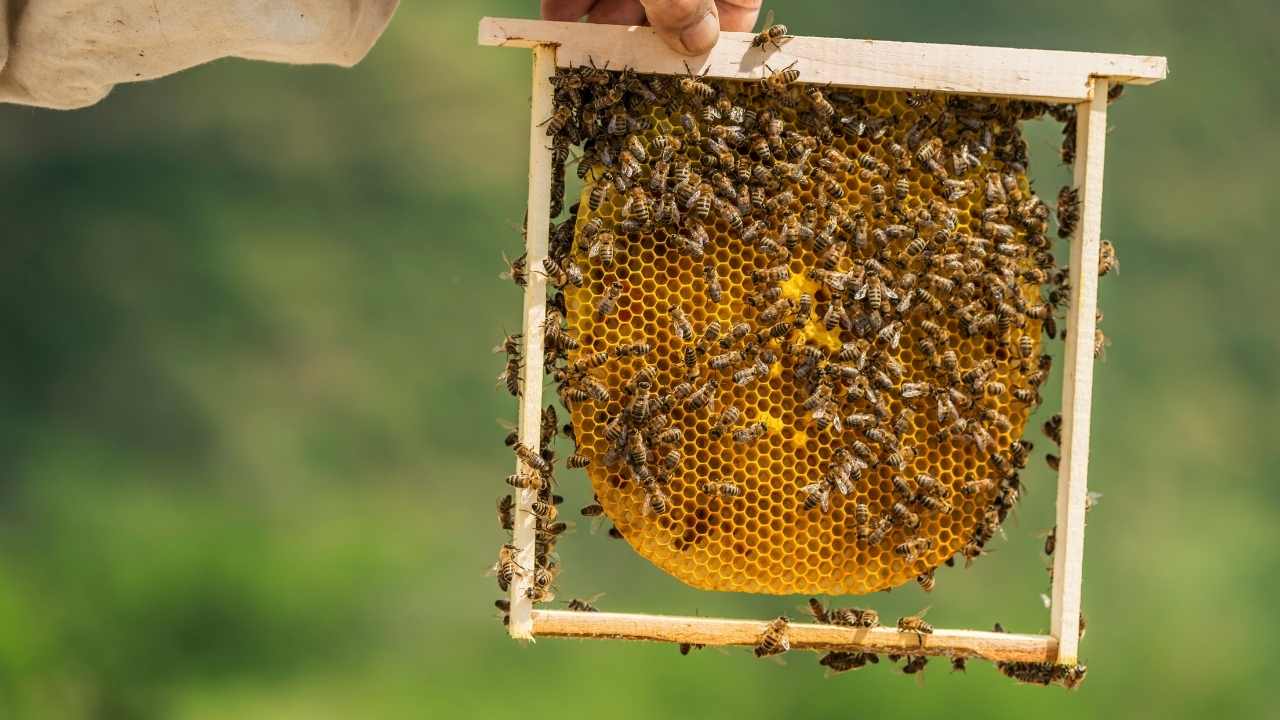
Is it possible to keep bees without using chemicals or pesticides?
Looking to keep bees without using chemicals or pesticides? Natural beekeeping techniques and alternative pest management strategies are the way to go. By focusing on providing a healthy environment for your bees, you can avoid many of the issues that commonly arise with chemical treatments. Some natural techniques include creating a diverse habitat around the hive, providing plenty of ventilation, and avoiding overcrowding. Additionally, alternative pest management strategies such as using essential oils or introducing predatory insects like ladybugs can help keep pests under control without resorting to harmful chemicals. With these methods, you can enjoy the benefits of beekeeping while also prioritizing the health and wellbeing of your bees.
Conclusion
Congratulations! You have now gained valuable insider advice on how to harvest honey and manage your hive like a pro. By selecting the right equipment, managing your hive’s health, harvesting your honey, maintaining your hive, and following best practices for beekeeping, you are on track to becoming a successful beekeeper.
Imagine the satisfaction of enjoying the sweet taste of your own honey while knowing that you played a critical role in helping our environment thrive. The buzzing sound of bees working in harmony with nature is music to any beekeeper’s ears. With dedication and care, you can become part of a thriving community of passionate individuals who share the same love for bees and their vital role in our ecosystem. Joining a beekeeping community allows you to connect with likeminded people who can offer support and guidance along the way.
So go ahead, put on your bee suit and get ready to experience the sweet rewards of being a successful beekeeper. Remember that every step you take towards managing your hive with care will not only benefit your own harvest but also contribute towards preserving these incredible pollinators for generations to come.


Roger Thomas is a seasoned beekeeper and hive architect with a deep-seated passion for sustainable living. His fascination with bees has shaped his professional career, giving him practical and theoretical expertise in bee behavior, colony health, and optimal hive conditions. Roger’s technical skills shine in his bespoke hive creations that cater to the specific needs of diverse bee species, while his sustainable practices promote environmental balance and the wellbeing of the bee population.
As he continues his journey in beekeeping, Roger has become a dedicated advocate for responsible practices and an insightful educator in his field. His posts aim to inspire new beekeepers, underline the importance of sustainability, and showcase the remarkable contribution bees make to our ecosystem. Roger invites you to join him as he delves into the world of bees and the rewarding, honey-sweet art of beekeeping.

